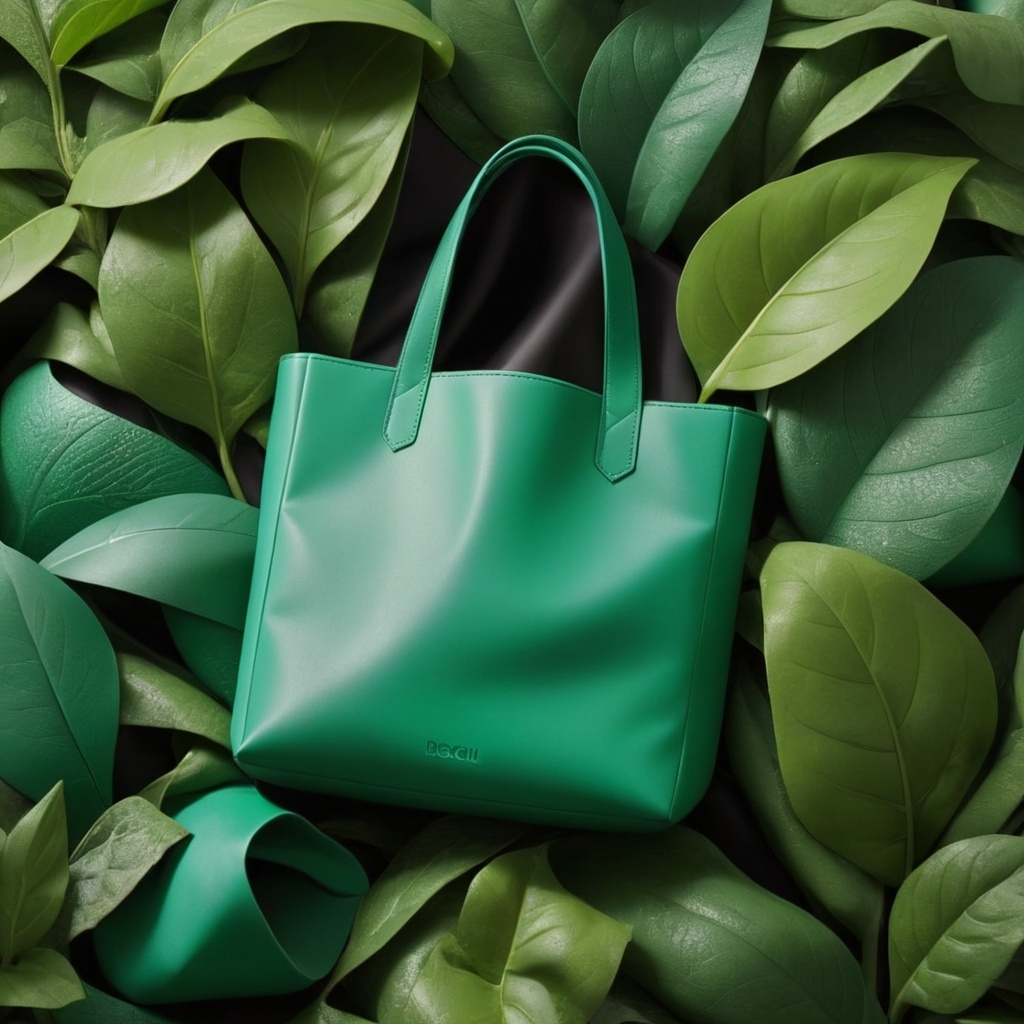Debunking Myths About Plant-Based Leather: What You Need to Know

When people first hear about plant-based leather, a few common doubts usually come to mind. Some think it's not durable. Others believe it lacks style or is hard to maintain. However, most of these assumptions are outdated or simply wrong.
Plant-based leather products today offer elegance, strength, and sustainability — without sacrificing performance or fashion appeal. Let’s dive into the most common myths and clear up the facts, so you can make better, more conscious choices when shopping.
Myth 1: Plant-Based Leather Isn’t Durable
One of the biggest misconceptions is that plant-based leather can't stand the test of time. Thankfully, that’s far from the truth.
Here’s why modern plant-based leather is strong:
- Advanced engineering has led to durable materials made from sources like cactus, pineapple fibers, and mycelium (mushroom roots).
- Tensile strength tests show that some plant-based leathers match or even surpass traditional animal leather.
- Brands often reinforce plant leathers with natural resins to improve flexibility and longevity.
Myth 2: Plant-Based Leather Isn’t Stylish
Another outdated belief is that plant-based leather products look cheap or lack sophistication. In reality, they are anything but plain.
Here’s how plant-based leather brings style to the table:
- Smooth finishes, rich textures, and vibrant colors are easily achieved with plant-based materials.
- Luxury brands are already embracing plant-based leather for premium collections.
- Designs range from minimalist accessories to high-end fashion pieces — there's something for every style preference.
Myth 3: Plant-Based Leather Is Too Expensive
It’s a myth that you have to spend a fortune for sustainable style. While new technology often starts out pricier, plant-based leather is becoming more affordable as demand and production scale up.
Cost comparisons show:
- Plant-based leather products are often comparable in price to high-quality animal leather goods.
- Over time, you’ll save money by investing in durable pieces that don't need frequent replacement.
- Some plant-based options, especially those made from agricultural by-products, are even cheaper than premium animal leather.
Myth 4: Plant-Based Leather Is Hard to Maintain
Good news — caring for plant-based leather is simple and user-friendly. It doesn’t require any complicated cleaning routines or expensive products.
Easy maintenance tips:
- Wipe with a damp cloth to remove dirt and dust.
- Avoid soaking — just like traditional leather, excess moisture can damage it.
- Use natural oils like coconut or jojoba to keep the material supple, if needed.
- Store in a cool, dry place to prevent mildew.
With just a few basic habits, your plant-based leather goods can look fresh and last for years.
Why These Myths Matter
Spreading accurate information about plant-based leather is essential for promoting ethical and sustainable shopping habits. Every time someone chooses a plant-based alternative, it reduces the demand for environmentally harmful animal leather and synthetic alternatives.
Moreover, it supports innovations that protect both workers and natural ecosystems — a win for everyone involved.
Conclusion: Empower Your Choices
Choosing plant-based leather isn't just a fashion statement — it’s a step toward a more responsible, stylish, and sustainable lifestyle.
By debunking these myths, we see that plant-based leather is strong, beautiful, accessible, and easy to care for. It offers a real, exciting alternative for anyone who wants to make better choices without compromising on quality or aesthetics.
Curious to explore more? Look into brands that proudly share their materials, processes, and commitment to a better future.
